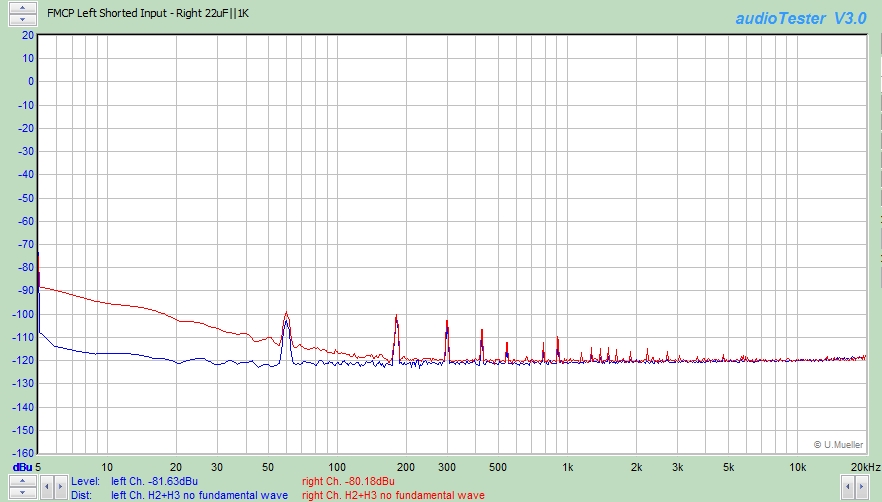I would guess it would allow for large enough a correction, but it would need less attenuation at the output of the servo opamps, thus potentially adding more unwanted stuff to the signal.mediatechnology wrote: ↑Mon Oct 07, 2019 7:48 amOlafmatt's servo that I used in the MC preamp works great at controlling the Vbe offset but I'm not sure it has enough range to also correct the larger offsets the mic presents.
What I was trying to point out a few posts up is that even with my servo, if you make both emitters sit at the same DC offset (i.e. 0VDC across Rg) then due to the bases sitting roughly a fixed 0.65VDC away from the emitters you actually do control the DC offset at the bases. And this means you might still get interaction with the caps in the microphone (if it has some in the output). - And unfortunately with a microphone you never know how large these caps are. In a traditional preamp with phantom blocking caps you can just design around this problem because you have control over the size of the caps.
I remember a story from a few years back with a Universal Audio A/D/A box that had a common mode DC offset leaking out the input because they presumably DC coupled the input XLR to the A/D converter chip which needed a (roughly) 5Vpp swing centred around +2.5V. So the whole frontend was offset by 2.5 volts and SOME mixer outputs didn't like those 2.5V common mode being injected into their outputs. - This is one of the stories that made me aware that an input should always be an input and never "leak" anything out of it.
If the goal would be to simply get rid of phantom blocking caps I'd suggest to design your own mics to go with the preamp and simply use a dedicated power supply wire to the mics. In case we focus on phantom powered microphones, the thing should just work with ANY phantom powered microphone that exists now and might exist at some point in the future.



